Surgical dentistry

specialists

equipment

treatment
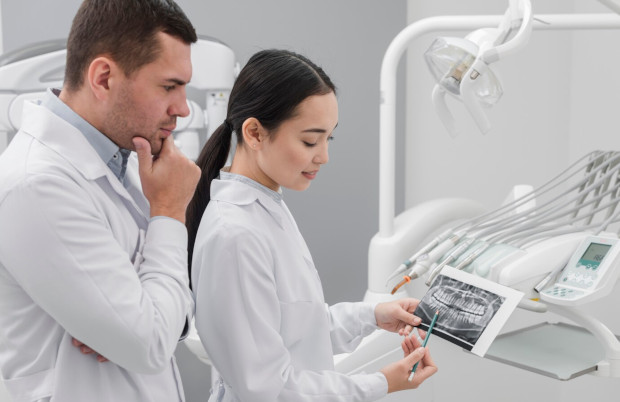
Some dental problems require surgery. In particular, surgical intervention is necessary in the case of:
- Damage to the jaw bone
- Inflammation of the soft tissues of the mouth
- Congenital defects of the face or jaw
- Wisdom teeth that are not growing correctly
- Tumors in the oral cavity (benign, malignant)
Surgical treatment is considered when it is impossible to save the tooth. It is also carried out if traditional means fail to prevent the spread of infection.
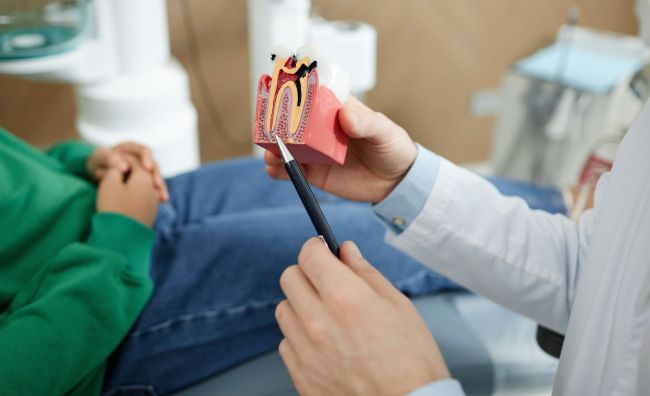
There are several restrictions on performing medical surgical procedures. Here they are:
- Heart and vascular diseases
- Acute diseases of the liver, kidneys, spleen, pancreas (viral hepatitis, glomerulonephritis, acute pancreatitis)
- Hemorrhagic disorders (acute leukemia, agranulocytosis)
- Acute infectious diseases (flu, acute respiratory viral infections, erysipelatous inflammation, pneumonia)
- Some diseases of the central nervous system (acute cerebrovascular accident, meningitis, encephalitis)
- Schizophrenia, bipolar affective disorder, epilepsy and other mental illnesses in the acute stage
After the condition improves, the problem tooth can be removed.
Advantages of surgical dentistry "K+31"
During surgical interventions, the specialists of the K+31 clinic use gentle and effective methods. Our other advantages:
- The clinic team includes doctors with extensive professional experience. They take on even the most complex problems
- We use advanced equipment (3D tomographs and microscopic systems are used for precise visualization of the maxillofacial area) and materials (biocompatible implantation systems and new generation anesthetics)
- The clinic has impeccable reviews on all sites
To make an appointment, use the application form. Check the prices for surgical dentistry and other services at the K+31 center (Moscow) on our website and by phone.
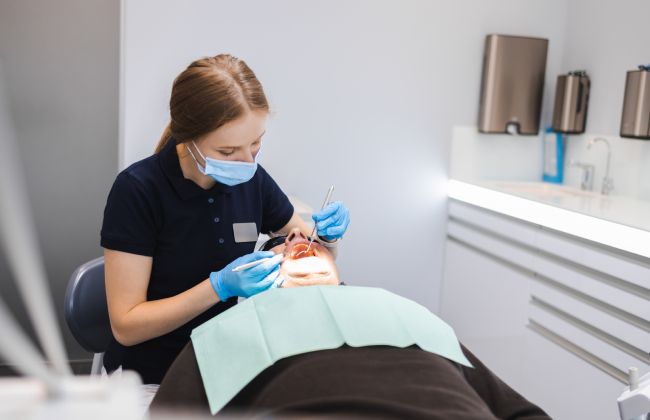
Our doctors

This award is given to clinics with the highest ratings according to user ratings, a large number of requests from this site, and in the absence of critical violations.

This award is given to clinics with the highest ratings according to user ratings. It means that the place is known, loved, and definitely worth visiting.

The ProDoctors portal collected 500 thousand reviews, compiled a rating of doctors based on them and awarded the best. We are proud that our doctors are among those awarded.
Make an appointment at a convenient time on the nearest date
Price








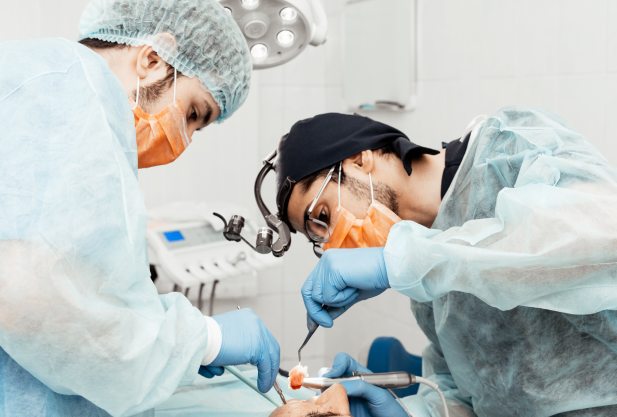
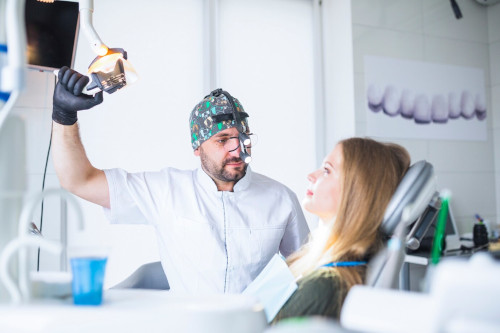
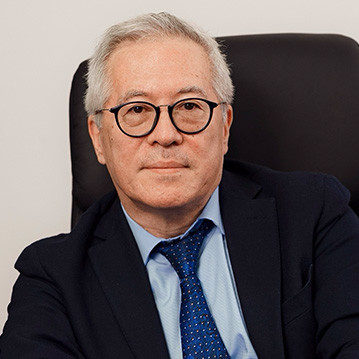
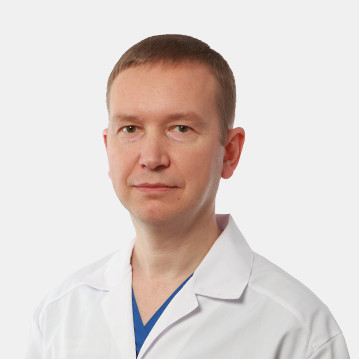
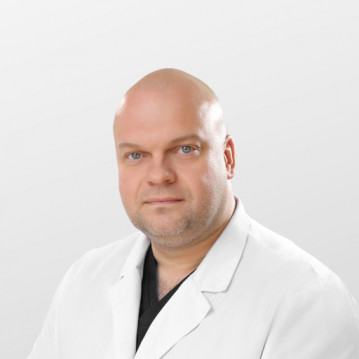
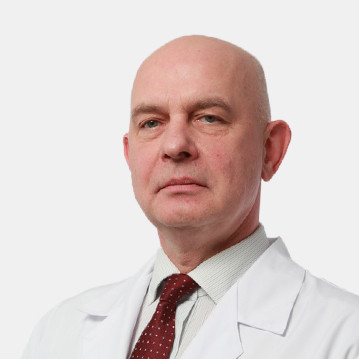
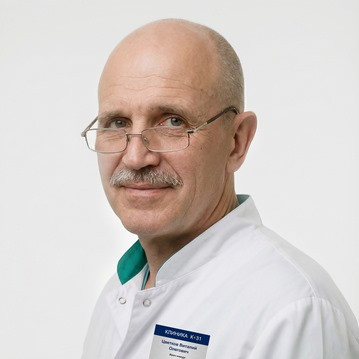
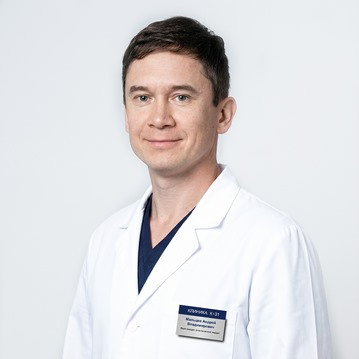

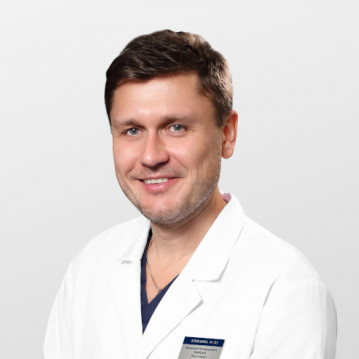
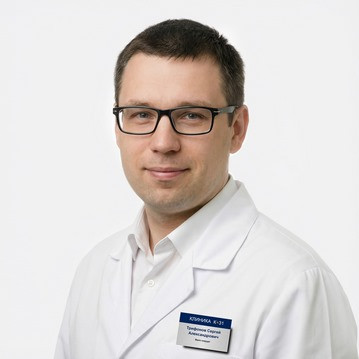
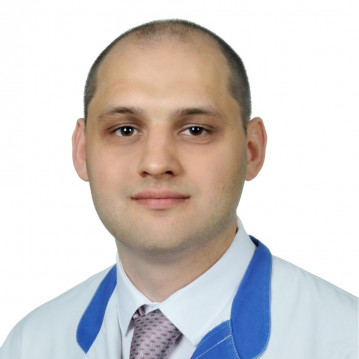
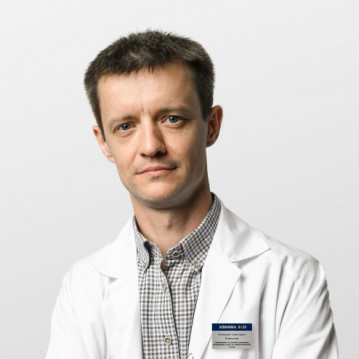
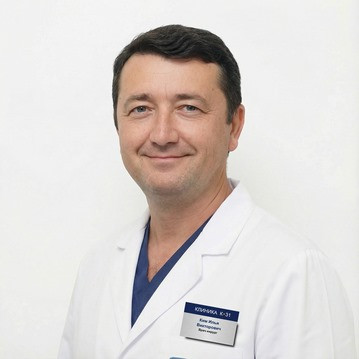
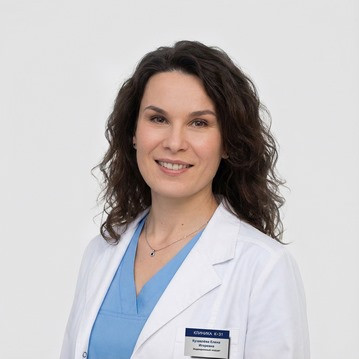
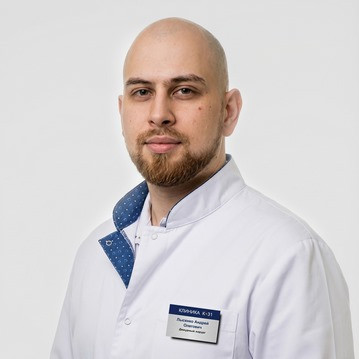
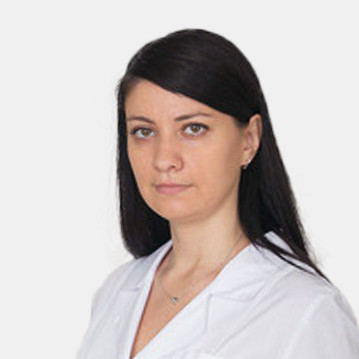
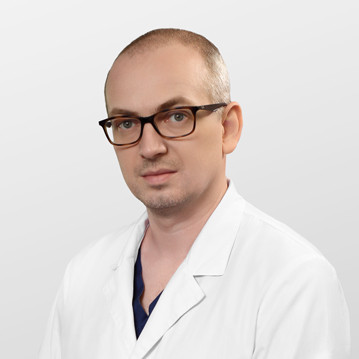
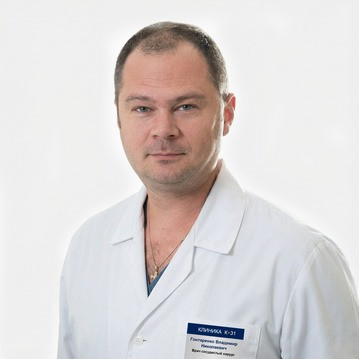
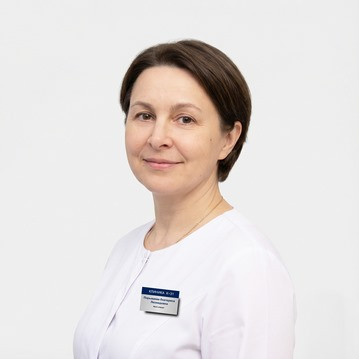
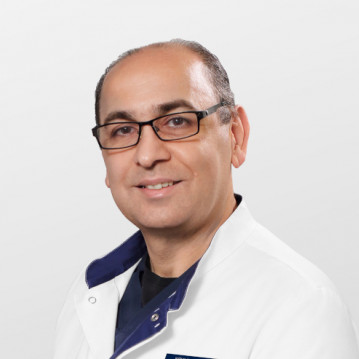
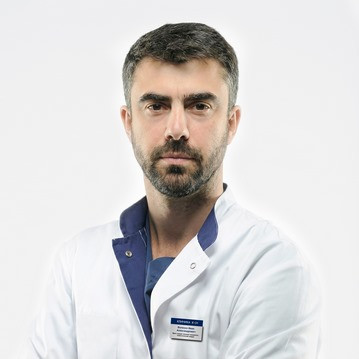
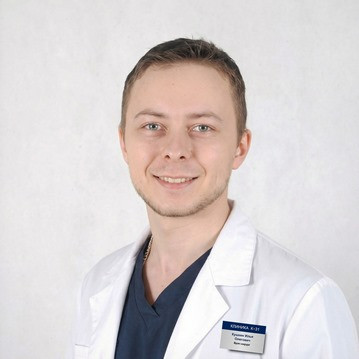
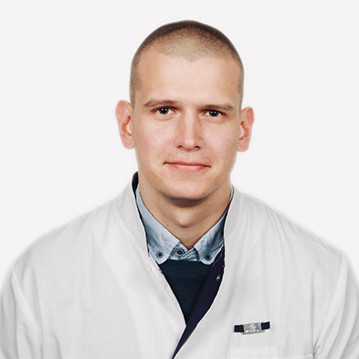


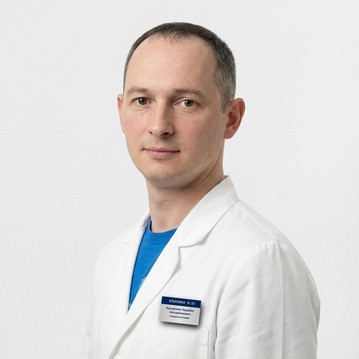
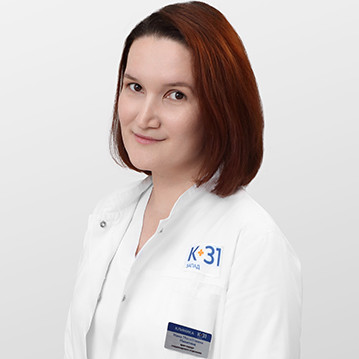
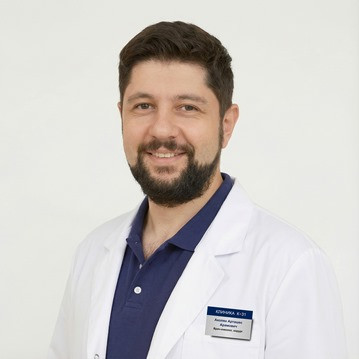
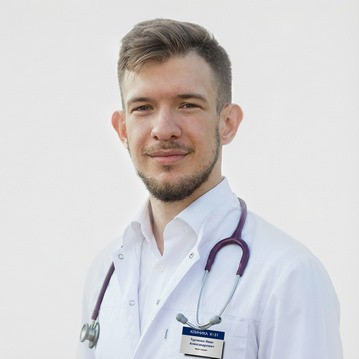

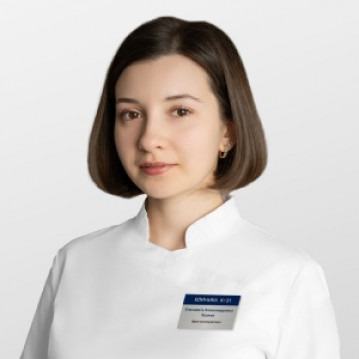
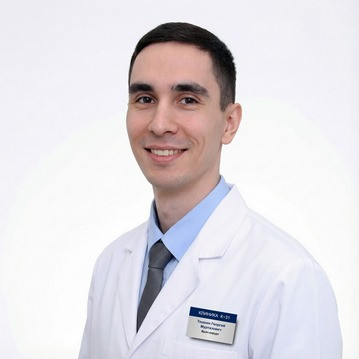
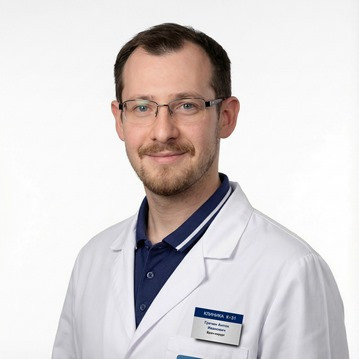
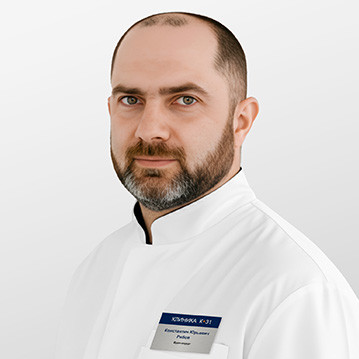
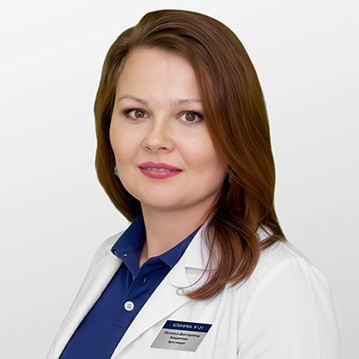
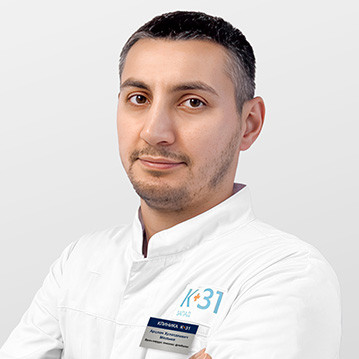



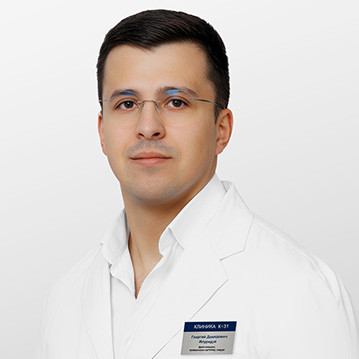
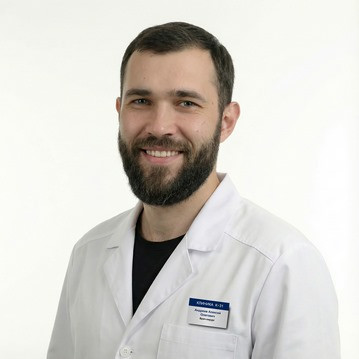
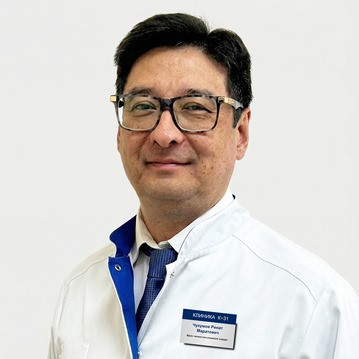

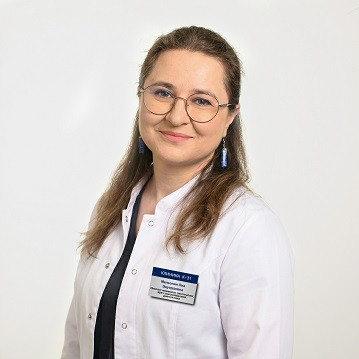
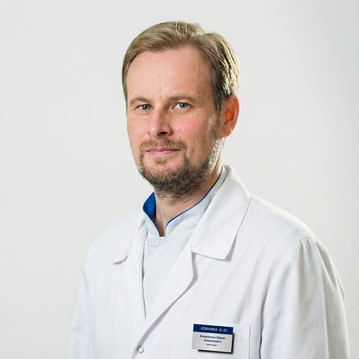
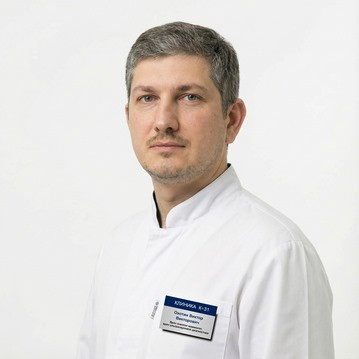







About the service
The specialists of the Dentistry Department of the Clinic +31 use the latest treatment methods recognized by leading dentists in the USA and Europe.
The main tasks of surgical dentistry:
The surgical dentistry of the Clinic K +31 aims to ensure the health and impeccable aesthetic appearance of your smile with maximum preservation of teeth. The work of dental surgeons is closely related to the treatment measures carried out by therapists, periodontists and orthopedists. The main principles of joint work of a group of dentists are based on the occlusal concept.